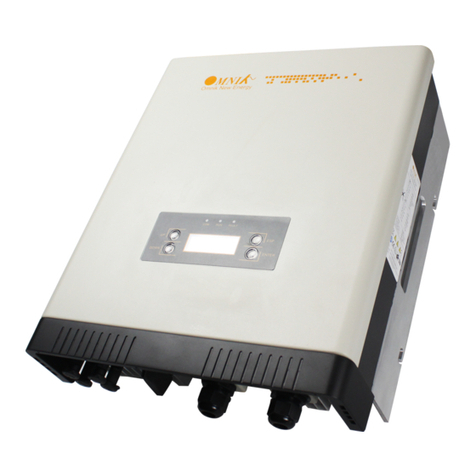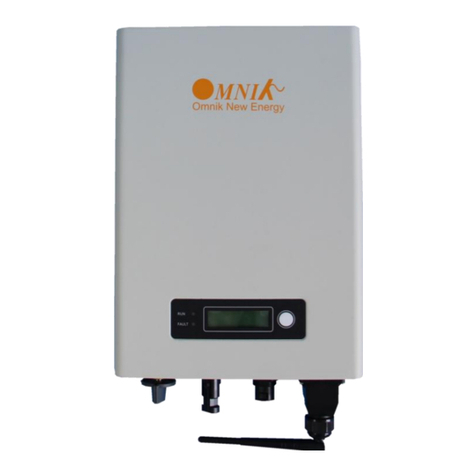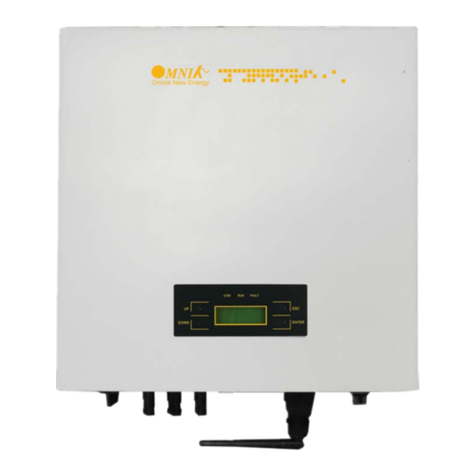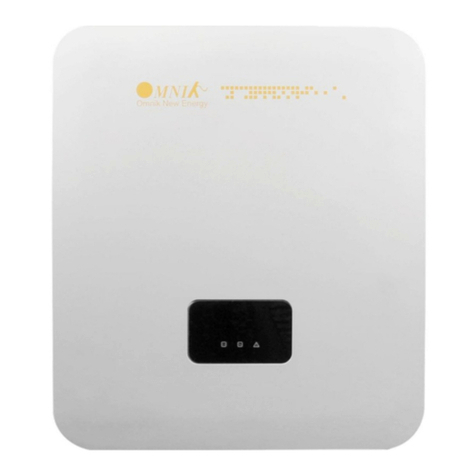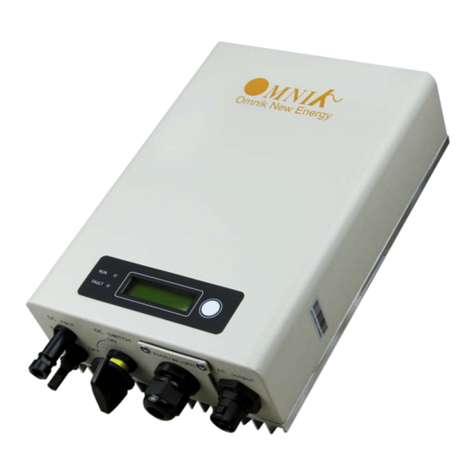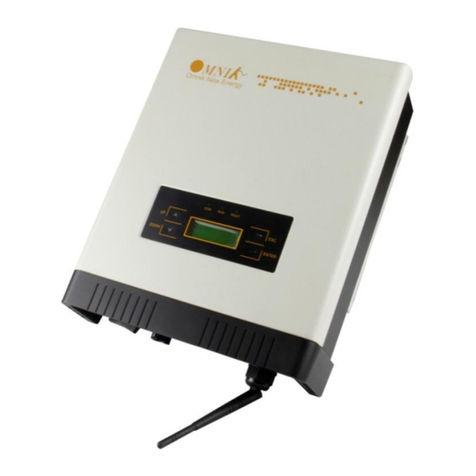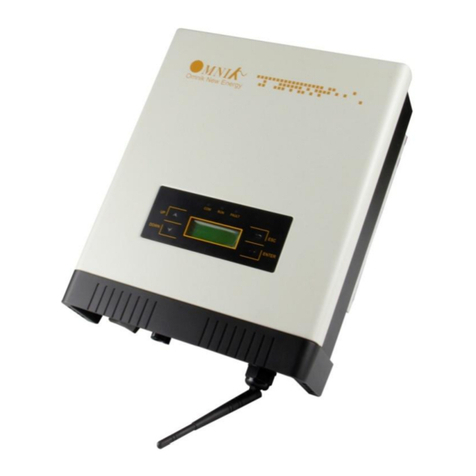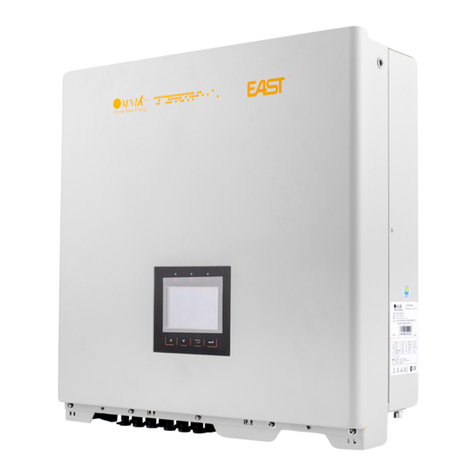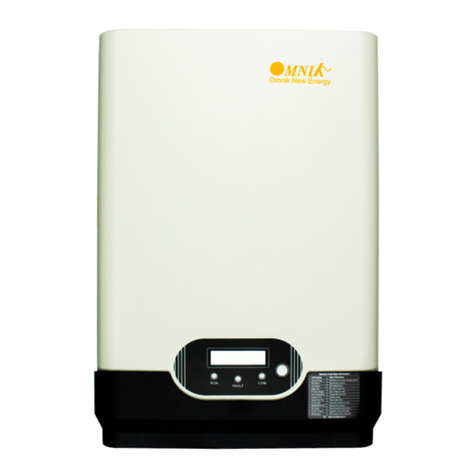Table of Contents
1 General Information.................................................................................................1
1.1 Safety Messages ............................................................................................................................. 1
1.2 Validity............................................................................................................................................ 2
1.3 Safety Precautions .......................................................................................................................... 2
2 Product Overview....................................................................................................4
2.1 Components of PV Grid-Connected System ................................................................................... 4
2.2 Schematic Diagram......................................................................................................................... 5
2.3 Appearance of Inverter................................................................................................................... 5
2.4 Weights and Dimensions of Inverter .............................................................................................. 6
2.5 Specifications.................................................................................................................................. 6
3 Unpacking and Storage...........................................................................................8
3.1 Unpacking Inspection ..................................................................................................................... 8
3.2 Storage ........................................................................................................................................... 8
4 Installation.............................................................................................................10
4.1 Mounting Location ....................................................................................................................... 10
4.2 Mounting the Inverter.................................................................................................................. 10
5 Electrical Connection.............................................................................................13
5.1 Safety Precautions ........................................................................................................................ 13
5.2 Cable Requirements ..................................................................................................................... 13
5.3 DC Connection.............................................................................................................................. 14
5.4 AC Connection .............................................................................................................................. 15
5.5 Second Protective Earth Connection ............................................................................................ 17
5.7 Connection of Anti-backflow Meter (Optional)............................................................................ 17
6 Installing the Communication Module ....................................................................20
7 Operation ..............................................................................................................22
7.1 Switching On................................................................................................................................. 22
7.2 Switching Off ................................................................................................................................ 22
7.3 LED Indicator Lights ...................................................................................................................... 22
7.4 Auto Test Function(For Italy)................................................................................................... 23
8 Monitoring .............................................................................................................25
8.1 Professional Edition App............................................................................................................... 25
8.2 Home Edition App ........................................................................................................................ 29
9 Troubleshooting for Fault Messages Displayed on APP ........................................32

